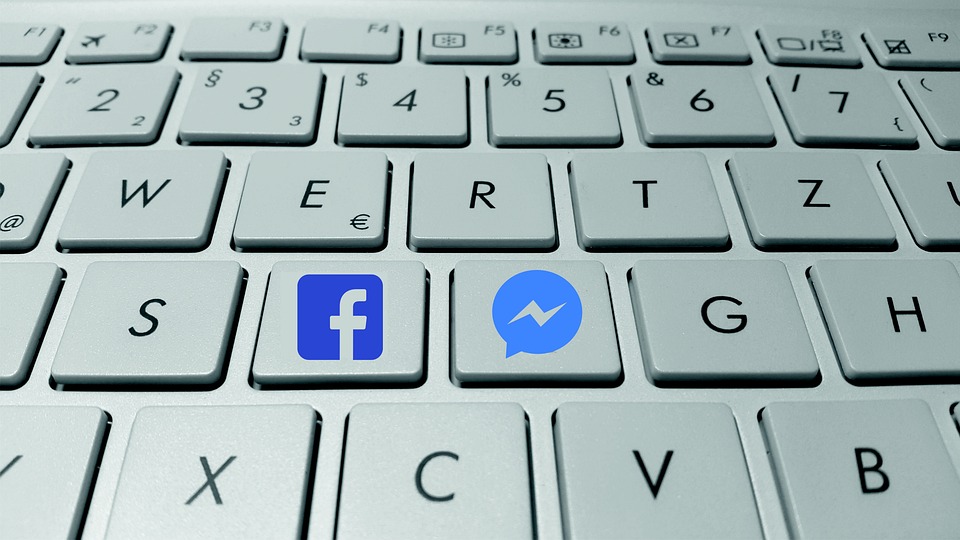
From Beginner to Pro: A Tutorial on Messenger Chatbot Development
Developing a Messenger chatbot can be an exciting journey for anyone interested in the world of artificial intelligence and digital communication. Whether you are a beginner looking to dip your toes into chatbot development or a pro wanting to enhance your skills, this tutorial is designed to guide you every step of the way.
Getting Started with Messenger Chatbots
When starting your journey into chatbot development, it’s important to understand the basics. Messenger chatbots are virtual assistants that interact with users via Facebook Messenger. They can answer questions, provide information, and even carry out specific tasks. To get started, you’ll need to create a Facebook developer account and set up a new app for your chatbot.
Step 1: Creating a Facebook Developer Account
To create a Facebook developer account, simply go to the Facebook Developers website and sign up. Once you have created your account, you can access the developer dashboard where you can create new apps and access the necessary tools for chatbot development.
Step 2: Setting Up a New App for Your Chatbot
To set up a new app for your chatbot, go to the developer dashboard and click on "Create App". Fill out the required information and select "Messenger" as the product you want to add to your app. You will then need to connect your app to a Facebook page to allow your chatbot to communicate with users.
Building Your Chatbot with Wit.ai
Once you have set up your app on the Facebook developer dashboard, it’s time to start building your chatbot. Wit.ai is a powerful natural language processing platform that allows you to train your chatbot to understand and respond to user queries.
Step 3: Setting Up Wit.ai for Your Chatbot
To integrate Wit.ai into your chatbot, you’ll need to create an account on the Wit.ai website and create a new app. Once you have set up your app, you can access the API key that you will need to connect Wit.ai to your chatbot.
Step 4: Training Your Chatbot with Wit.ai
Training your chatbot with Wit.ai involves defining intents, entities, and stories to help your chatbot understand and respond to user input. Intents represent the user’s goal, entities are key pieces of information in user input, and stories are sequences of intents and entities that your chatbot can recognize and respond to.
Deployment and Testing
After training your chatbot with Wit.ai, it’s time to deploy and test your bot to ensure it is functioning correctly. You can use tools like ngrok to create a secure tunnel to your local server and test your chatbot in real-time.
Step 5: Deploying Your Chatbot
To deploy your chatbot, you’ll need to host your code on a server that is accessible to the internet. You can use platforms like Heroku or AWS to host your chatbot and make it available to users on Facebook Messenger.
Step 6: Testing Your Chatbot
Testing is a crucial step in chatbot development to ensure that your bot is working as expected. You can use Facebook Messenger to interact with your chatbot and test different scenarios to ensure that it responds accurately to user input.
Enhancing Your Chatbot with Advanced Features
Once you have deployed and tested your chatbot, you can enhance it with advanced features to improve user experience and engagement. You can integrate APIs to fetch data from external sources, add multimedia content like images and videos, and even enable voice and speech recognition capabilities.
Step 7: Integrating APIs
Integrating APIs allows your chatbot to fetch real-time information from external sources like weather forecasts, news updates, or restaurant recommendations. You can use tools like Axios or Fetch to make API requests and retrieve data to display to users.
Step 8: Adding Multimedia Content
Adding multimedia content like images and videos to your chatbot can make the user experience more engaging and interactive. You can use Facebook Messenger templates to display images, carousels, and videos within your chatbot conversations.
Step 9: Enabling Voice and Speech Recognition
Enabling voice and speech recognition capabilities in your chatbot allows users to interact with it using their voice. You can use tools like Google Cloud Speech-to-Text API or IBM Watson Speech to Text to convert user speech into text and process it as input for your chatbot.
Frequently Asked Questions
Q1: How can I train my chatbot to respond to specific user queries?
A1: You can train your chatbot to respond to specific user queries by defining intents, entities, and stories in Wit.ai and providing training data to help your chatbot understand and respond accurately.
Q2: What tools can I use to deploy my chatbot and make it accessible to users?
A2: You can use platforms like Heroku, AWS, or ngrok to host your chatbot code on a server and make it accessible to users on Facebook Messenger.
Q3: How can I test my chatbot to ensure it is functioning correctly?
A3: You can test your chatbot using Facebook Messenger by interacting with it and testing different scenarios to ensure that it responds accurately to user input.
Q4: What are some advanced features I can add to my chatbot to enhance user experience?
A4: You can enhance your chatbot with advanced features like integrating APIs to fetch real-time data, adding multimedia content like images and videos, and enabling voice and speech recognition capabilities for interactive user interactions.
Embark on your journey from a beginner to a pro in Messenger chatbot development by following this comprehensive tutorial. With dedication, practice, and a thirst for knowledge, you can create intelligent and engaging chatbots that will delight users and elevate your skills in the exciting field of AI-powered communication.